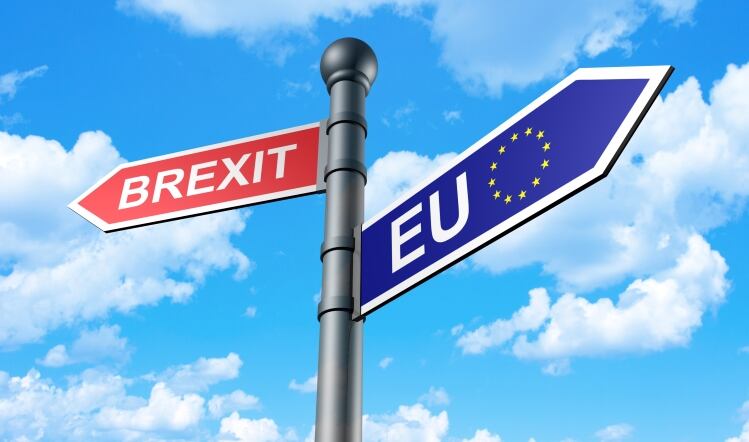Can UK products enjoy EU geographical indications (GI) status after Brexit?
In a paper dated 6 September 2017, the European Commission (EC) stated that if IP rights – such as those for Protected Designation of Origin (PDO), Protected Geographical Indication (PGI), and Traditional Specialities Guaranteed (TSG) – were granted before Brexit, they should be enforceable in the EU and the UK afterwards. But to ensure recognition of these rights, the UK must put this legislation in place before the withdrawal date, and there is currently no UK legislation on PDO, PGI and TSG labels.
An official agreement regarding such marks has still to be reached. We also don’t know if applications made during the March 2019 and December 2020 transition will be protected.
The EC paper states that where applications have been submitted to an EU body before the withdrawal date and if the administrative procedure is ongoing on that date, applicants should be entitled to keep the benefit of any priority date in respect of such applications.
Marks from third countries can get EU protection, subject to agreement. If negotiations on this succeed and equivalent UK legislation is set up, there will be no need to reapply from scratch.
Companies should have applied under current EU law before Brexit to have the best chance of securing such labels.
• The Government has pledged to set up UK GI schemes and logos, compliant with World Trade Organisation rules, after Brexit. The 86 current EU GI holders would be included.
Katia Merten-Lentz is a partner at law firm Keller and Heckman, based in Paris.
How can I protect intellectual property (IP) rights on packaging?
Making your product distinctive and different is valuable and, inevitably, if your product is a leader, then others will want to follow in your footsteps. Protecting IP in your packaging can help keep competitors away.
Packaging’s appearance and brand names can be trademarked. Appearance and new packaging shapes can be protected by design rights. Unique and distinctive packaging can also be protected from copying using unregistered rights. Packaging with new functional features can be protected by patents.
Investing a little of your budget to secure protection for your packaging can save you money and effort in the long run. Registrations, once secured, provide legal rights that allow you to license your IP to third parties and prevent copies.
Patent protection is the most expensive. At least £5,000 should be set aside for an application when working with an attorney. A registered trademark can usually be obtained for less than £1,000; a registered design for less than £750, including attorney charges.
A patent lasts for up to 20 years, renewable annually; a registered trademark lasts for ten years, but can be renewed indefinitely; a registered design lasts for up to 25 years and needs to be renewed every five years.
Clare Cornell (pictured) is a partner at London-based law firm Finnegan.





